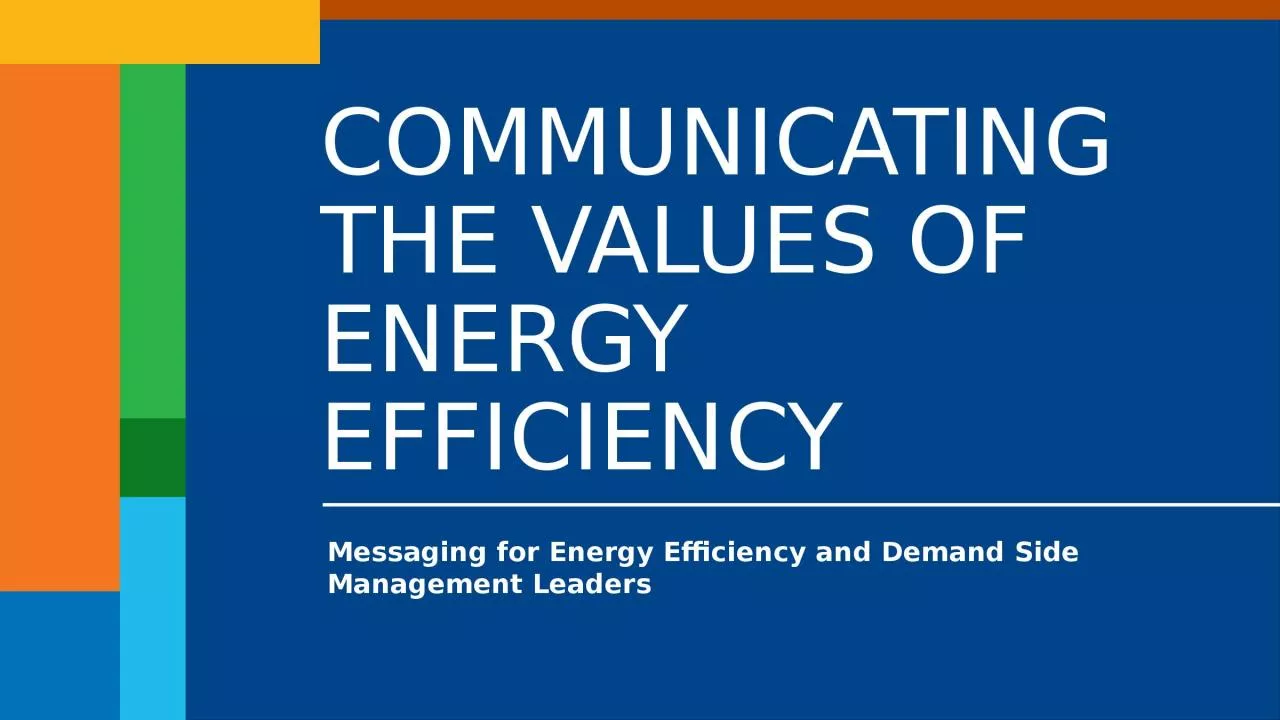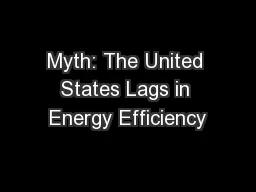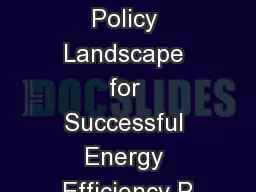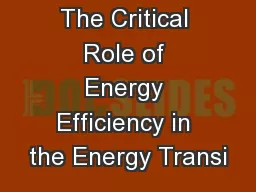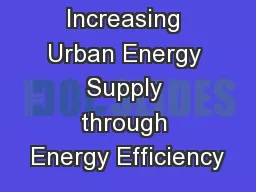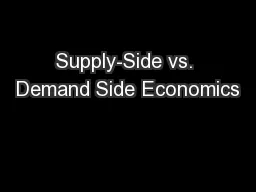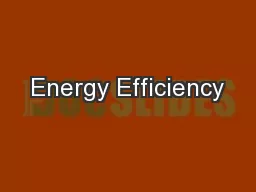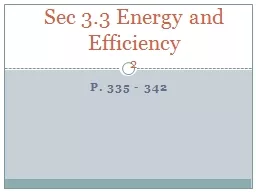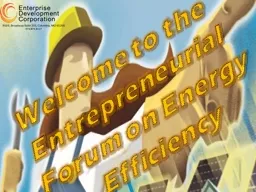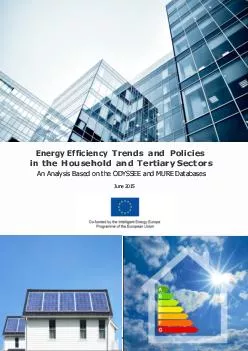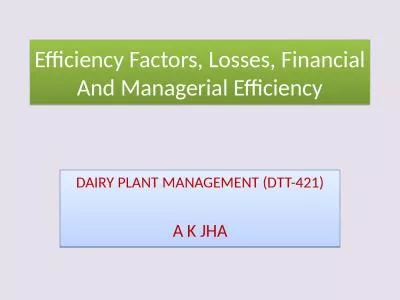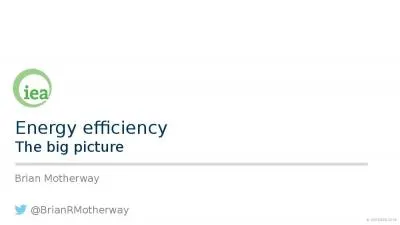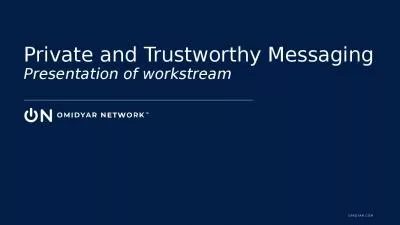PPT-Messaging for Energy Efficiency and Demand Side Management Leaders
Author : hadly | Published Date : 2023-11-05
COMMUNICATING THE VALUES OF ENERGY EFFICIENCY Our energy efficiency programs deliver many value streams to our customers community company and shareholders and
Presentation Embed Code
Download Presentation
Download Presentation The PPT/PDF document "Messaging for Energy Efficiency and Dema..." is the property of its rightful owner. Permission is granted to download and print the materials on this website for personal, non-commercial use only, and to display it on your personal computer provided you do not modify the materials and that you retain all copyright notices contained in the materials. By downloading content from our website, you accept the terms of this agreement.
Messaging for Energy Efficiency and Demand Side Management Leaders: Transcript
Download Rules Of Document
"Messaging for Energy Efficiency and Demand Side Management Leaders"The content belongs to its owner. You may download and print it for personal use, without modification, and keep all copyright notices. By downloading, you agree to these terms.
Related Documents

